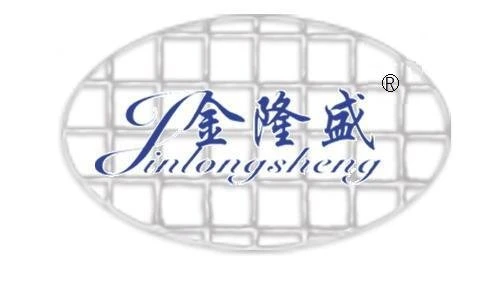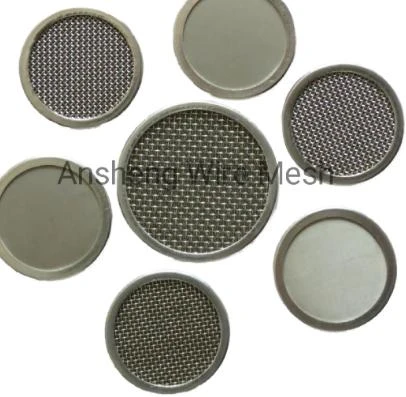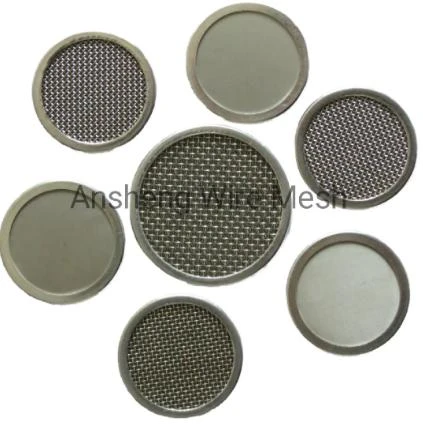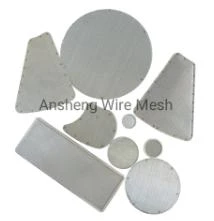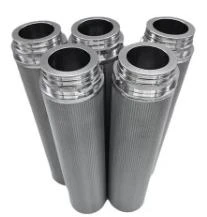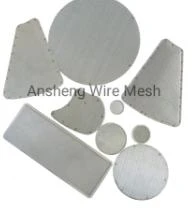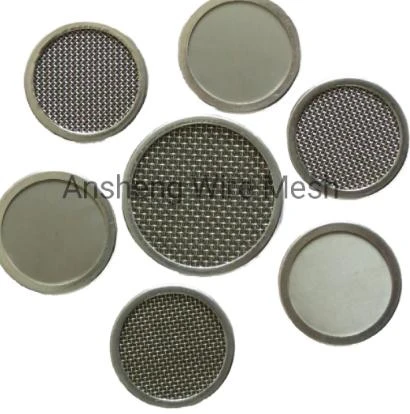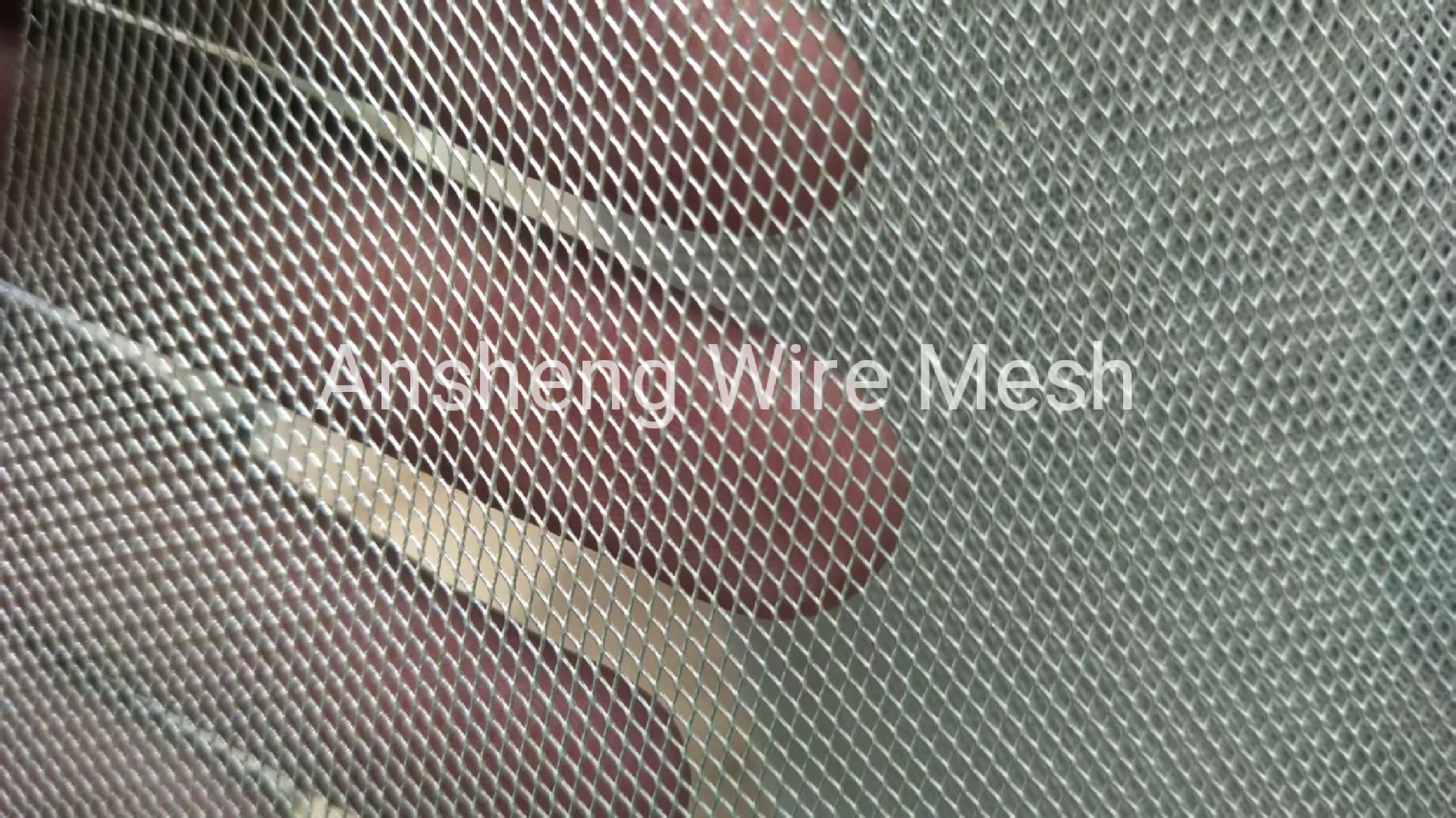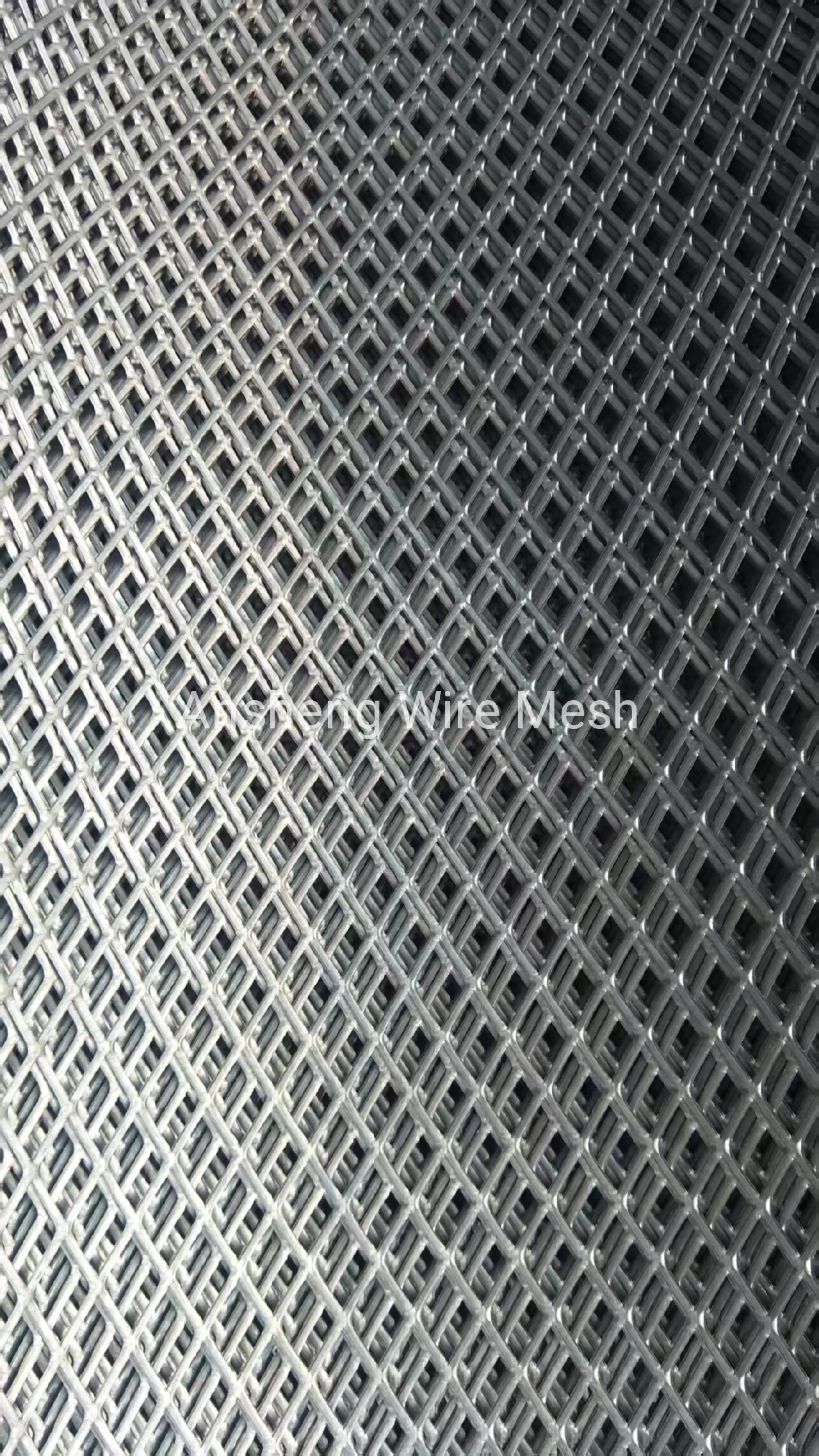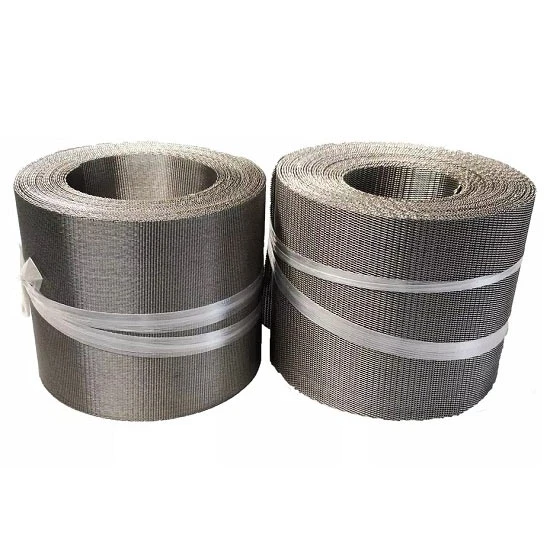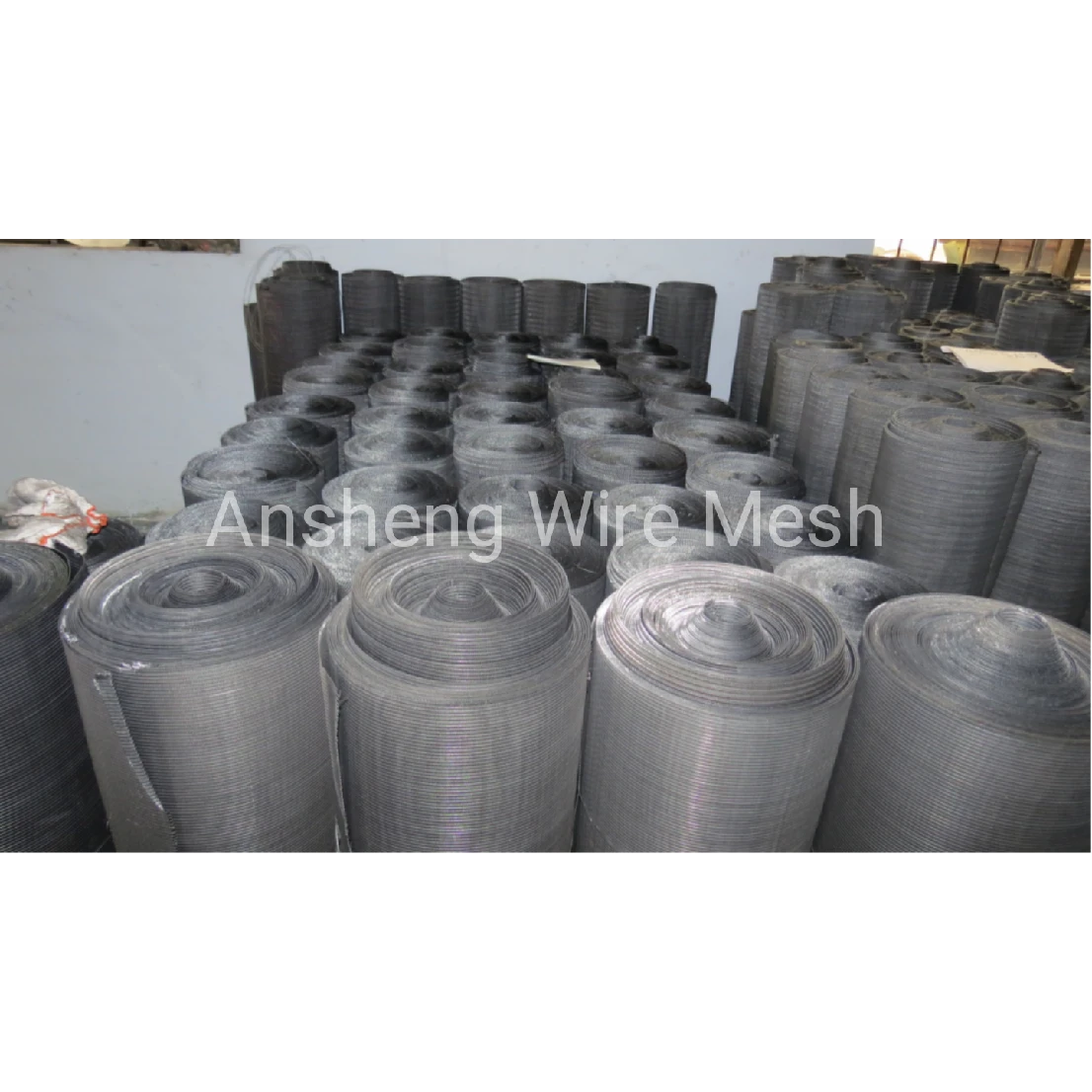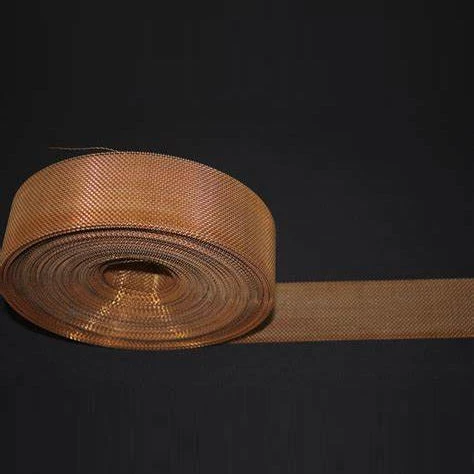The Indispensable Role of Sintered Filter Elements in Industrial Filtration
In the intricate landscape of modern industrial processes, the efficiency and purity of fluid and gas streams are paramount. This critical demand is consistently met by advanced filtration technologies, among which the sintered filter element stands out as a superior solution. These highly engineered components are not merely filters; they are precision instruments designed to deliver exceptional performance under the most challenging conditions. The global market for high-performance filtration solutions is witnessing robust growth, driven by stringent environmental regulations, escalating demands for product purity, and significant advancements in material science. This expansion underscores the increasing reliance on sophisticated filtration media capable of handling diverse operational parameters, from extreme temperatures and pressures to corrosive chemical environments. Key industry drivers include the burgeoning pharmaceutical sector, which necessitates ultra-clean processes, the petrochemical industry's need for robust and reliable separation, and the continuous innovation in water treatment technologies aimed at resource conservation and pollution control.
The versatility of sintered metal filter elements allows their application across an expansive array of industries, providing filtration solutions that range from fine particulate removal to gas diffusion and flow equalization. Unlike conventional filter media that rely on woven fabrics or wound fibers, sintered elements are characterized by their rigid, porous structure, which imparts unparalleled mechanical strength and thermal stability. This intrinsic rigidity makes them ideal for applications requiring frequent back-flushing or cleaning without compromising structural integrity. Current trends indicate a shift towards more sustainable and durable filtration solutions, where longevity and reusability are prioritized, directly aligning with the inherent benefits of sintered technology. Furthermore, the increasing complexity of industrial fluids, often containing aggressive chemicals or operating at elevated temperatures, mandates filter elements that can withstand harsh environments without degradation, a domain where sintered filters excel. The ongoing research into novel alloy compositions and advanced sintering techniques continues to push the boundaries of performance, offering even greater efficiency and extended service life.

Precision Engineering: The Manufacturing Process of Sintered Filter Elements
The superior performance of a sintered filter element is rooted in its sophisticated manufacturing process, primarily involving powder metallurgy. This method begins with carefully selected metallic powders, typically stainless steel (316L, 304L), bronze, nickel alloys, or titanium, chosen for their chemical resistance, mechanical strength, and biocompatibility depending on the application. For instance, the creation of a sintered bronze filter element involves the meticulous preparation of bronze powder. The initial stage, known as compaction, involves pressing these fine metal powders into a desired shape, often using hydraulic presses to achieve a 'green body' with sufficient handling strength. This compacted form already possesses a rudimentary porous structure. Following compaction, the 'green body' undergoes the critical sintering process. Sintering is a heat treatment that fuses the individual powder particles at temperatures below their melting point, creating strong metallurgical bonds without fully liquefying the material. This precise temperature control and controlled atmosphere prevent oxidation and ensure the formation of a uniform, interconnected pore structure.
Post-sintering, elements may undergo secondary processes like sizing, machining (similar to CNC for precise dimensions), or surface treatments to enhance specific properties or incorporate end fittings. Quality control is paramount throughout this entire process. Rigorous testing adheres to international standards such as ISO (e.g., ISO 4003 for permeability, ISO 2942 for fabrication integrity) and ANSI, ensuring uniform pore size distribution, specified filtration efficiency, and mechanical integrity. Advanced techniques like bubble point tests, multi-pass efficiency tests, and tensile strength evaluations are routine. This meticulous manufacturing and stringent quality assurance result in filters with a remarkably long service life, often extending for years even in continuous operation. The robust structure and controlled porosity provide significant advantages in typical applications like petrochemical processing, where filters must withstand high differential pressures and aggressive media, and in metallurgy for molten metal filtration. Their inherent resistance to corrosion and fouling, coupled with the ability to be cleaned and reused, contributes directly to energy savings and reduced operational costs compared to disposable alternatives.
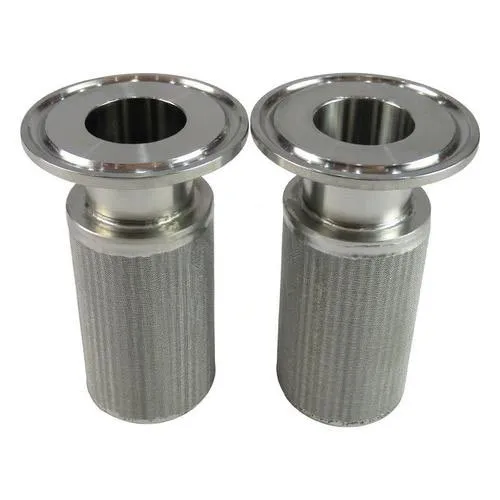
Unpacking the Technical Parameters of Sintered Filtration
Selecting the optimal sintered filter element necessitates a comprehensive understanding of its technical parameters, which directly dictate performance and suitability for specific applications. These parameters are crucial for engineers and procurement specialists to ensure the filtration system meets operational demands precisely. Pore size, expressed in microns, is perhaps the most fundamental parameter, determining the smallest particle size the filter can effectively remove. Typical pore sizes for sintered elements range from 0.5 to 200 microns, offering versatility for both fine and coarse filtration. Material composition is another critical factor; for example, a bronze filter element is often preferred for general industrial applications due to its cost-effectiveness and good corrosion resistance, while 316L stainless steel offers superior chemical resistance and high-temperature performance for more demanding environments. Operating temperature and pressure ratings define the environmental limits within which the filter can perform reliably, with some sintered elements capable of withstanding temperatures exceeding 600°C and pressures up to thousands of PSI.
Permeability, measured by flow rate under a given pressure differential, indicates how easily fluid or gas can pass through the filter, directly impacting system efficiency. High permeability is desirable for minimizing pressure drop. Filtration efficiency, often expressed as a percentage or Beta ratio, quantifies the filter's ability to remove particles of a specific size. For instance, a Beta ratio of βx=200 indicates that for every 200 particles of size 'x' entering the filter, only 1 particle of size 'x' passes through. Chemical compatibility is essential to prevent degradation of the filter material when exposed to various fluids, acids, or bases. Surface area, dictated by the filter's geometry (e.g., cylindrical, disc, pleated designs), influences dirt-holding capacity and overall service life. Mechanical strength, including crush and burst pressure ratings, ensures the filter can withstand operational stresses. Understanding these intricate parameters is vital for optimizing system performance, reducing maintenance, and ensuring process integrity, particularly when dealing with critical industrial streams or high-value products.
Typical Sintered Filter Element Parameters
| Parameter | Description | Typical Range/Value |
|---|---|---|
| Pore Size | Nominal or Absolute Filtration Rating | 0.5 µm - 200 µm |
| Materials | Common alloys used for porous media | 316L SS, 304L SS, Bronze, Monel, Hastelloy, Titanium |
| Max Operating Temp. | Maximum temperature the filter can withstand | Up to 600°C (1112°F) for SS, Up to 200°C (392°F) for Bronze |
| Max Operating Pressure | Maximum differential pressure across the filter | Up to 500 PSI (34.5 bar) standard, custom higher |
| Filtration Efficiency | Ability to remove particles of a specific size | 95-99.9% for specific particle sizes |
| Flow Rate (Air) | Typical air flow rate at a given pressure drop | Varies significantly by size and pore, e.g., 20 LPM @ 1 psi for a small element |
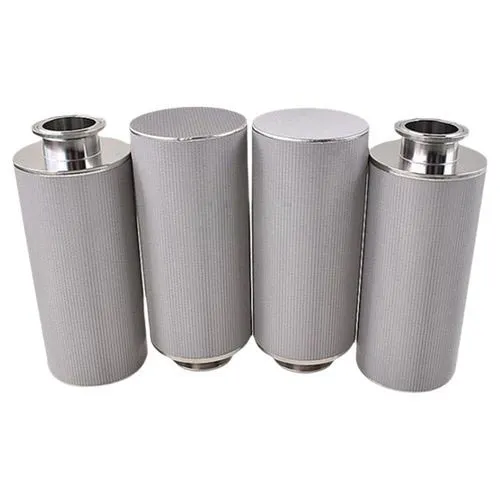
Strategic Advantages and Diverse Applications of Sintered Filters
The inherent design and manufacturing precision of the sintered filter element confer a multitude of strategic advantages over conventional filtration media, positioning them as the preferred choice for critical industrial processes. Foremost among these is their exceptional mechanical strength and rigidity, which allows them to withstand high differential pressures without deformation or rupture. This robustness translates into extended service intervals and reduced maintenance downtime, particularly in demanding applications. Their precisely controlled, tortuous pore structure ensures high filtration efficiency, capturing even sub-micron particles while maintaining consistent permeability. Furthermore, sintered elements exhibit remarkable resistance to extreme temperatures, broad chemical compatibility with corrosive media, and excellent resistance to pressure pulsation, thermal shock, and vibration, making them suitable for environments where other filters would rapidly degrade. The ability to be easily cleaned through back-flushing, ultrasonic cleaning, or chemical rinsing extends their lifespan significantly, offering a sustainable and cost-effective solution that reduces waste and operational expenses.
The practical applications of sintered metal filter elements are incredibly diverse, spanning across almost every major industrial sector. In the petrochemical and refining industries, they are indispensable for catalyst recovery, ensuring purity of reactor feeds, and protecting downstream equipment from particulate contamination. In pharmaceutical and biotechnology manufacturing, sintered filters are used for sterile air filtration, fermentation aeration, and fine particulate removal in drug production, adhering to stringent FDA and GMP standards. For gas and liquid sparging, their uniform pore distribution facilitates fine bubble generation, enhancing mass transfer efficiency in processes like wastewater treatment or fermentation. Other critical applications include polymer melt filtration, where they remove impurities from viscous fluids at high temperatures; steam filtration for protecting sensitive equipment; and hydraulic fluid filtration for maintaining system cleanliness and reliability. Their corrosion resistance and long operational life directly contribute to energy savings by reducing pump load and minimizing product loss, while their robust construction minimizes the need for frequent replacements, enhancing overall system reliability and process integrity.
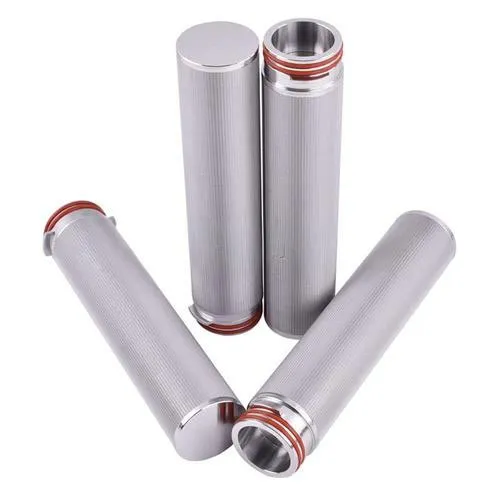
Strategic Sourcing: Manufacturer Comparison and Custom Sintered Solutions
Identifying the right manufacturer for sintered filter element solutions is as crucial as understanding the technology itself. The market features numerous providers, but their capabilities, quality assurance, and customer support vary significantly. A reputable manufacturer distinguishes itself through a strong emphasis on research and development, evidenced by continuous product innovation and material science expertise. Certifications such as ISO 9001 for quality management and adherence to specific industry standards (e.g., ASTM for materials testing) provide verifiable assurance of consistent product quality and reliability. Longevity in the industry, coupled with a portfolio of successful partnerships with leading industrial clients, speaks volumes about a company's experience and trustworthiness. Furthermore, a top-tier manufacturer will offer transparent testing data, performance guarantees, and comprehensive technical support, guiding clients through the selection and implementation process. Factors like lead time, global logistics capabilities, and responsive after-sales service also weigh heavily in the decision-making process, impacting project timelines and operational continuity.
For specialized or highly demanding applications, standard off-the-shelf sintered metal filter elements may not suffice. This is where a manufacturer's customization capabilities become indispensable. Leading providers excel in developing bespoke solutions, tailoring every aspect of the filter element to specific operational requirements. This includes selecting the optimal material (e.g., specific grades of sintered bronze filter element for corrosive environments or titanium for biocompatibility), precise adjustment of pore size and distribution for tailored filtration efficiency, and custom designs for shape, size, and end fittings to seamlessly integrate into existing systems. Whether it’s a unique cylindrical design for high-flow applications, a specialized disc for sparging, or an intricate pleated configuration for increased surface area, custom manufacturing ensures optimal performance and maximum efficiency. A collaborative approach, where the manufacturer acts as a technical partner rather than just a supplier, is key to developing innovative and effective filtration solutions that address complex challenges and deliver tangible operational benefits.
Key Factors in Manufacturer Comparison
| Factor | Description | Impact on Selection |
|---|---|---|
| Certifications & Standards | ISO 9001, ASTM, industry-specific compliance | Ensures consistent quality, reliability, and regulatory adherence. |
| Material & Process Expertise | Specialization in various metals, advanced sintering techniques | Guarantees optimal material selection and superior filter performance. |
| Customization Capabilities | Ability to tailor size, shape, pore size, and end fittings | Critical for unique applications and seamless system integration. |
| Technical Support & R&D | Pre-sales consultation, post-sales troubleshooting, innovation | Partnership for problem-solving and future-proof solutions. |
| Lead Time & Logistics | Production timeframes and global delivery network | Ensures timely delivery and minimizes operational disruptions. |
| Warranty & After-Sales | Product guarantees and responsiveness for support/replacement | Builds long-term trust and assures investment protection. |
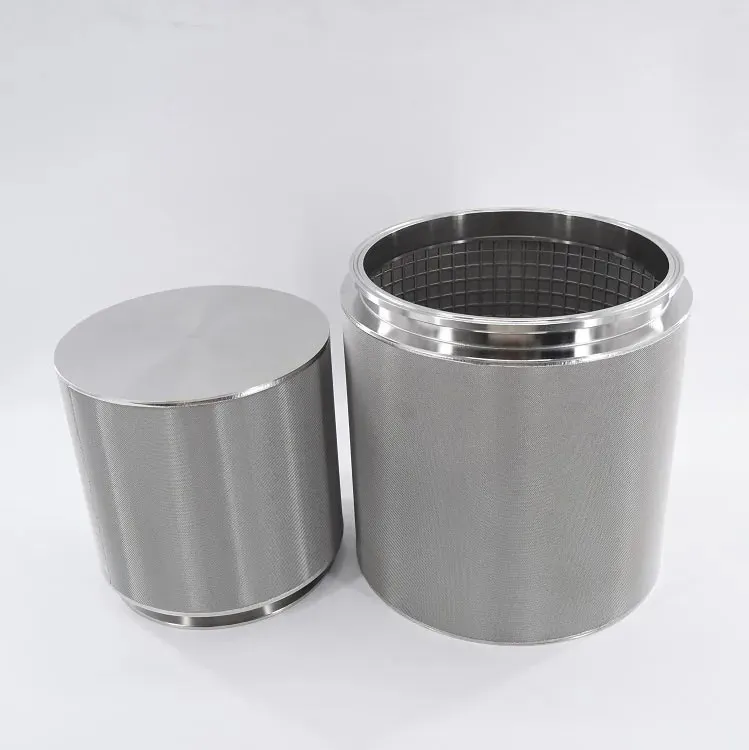
Real-World Impact: Application Cases and Customer Success Stories
The tangible benefits of sintered filter element technology are best illustrated through real-world application cases, showcasing their efficacy and reliability across diverse industrial landscapes. In the chemical processing industry, a major petrochemical plant faced persistent challenges with catalyst fines contaminating their downstream products. By implementing custom-designed sintered metal filter elements with a precise pore size, the plant achieved a 99.9% reduction in particulate contamination, leading to enhanced product purity and significantly reduced maintenance cycles for subsequent equipment. This translated into an estimated 15% increase in operational uptime and a 10% reduction in overall filtration-related costs within the first year of deployment. Another compelling case involves a pharmaceutical manufacturer requiring highly sterile air for their fermentation tanks. Traditional filters frequently clogged, necessitating costly shutdowns. Transitioning to specialized sintered elements engineered for sterile air applications provided a robust, cleanable solution that extended filter life by over 300% and virtually eliminated contamination risks, directly impacting batch integrity and compliance.
In the realm of advanced material production, a client specializing in high-purity polymer synthesis encountered issues with micro-gel formation and inconsistent product quality due to fine particulate impurities. Our team engineered a high-temperature, corrosion-resistant sintered filter element from a specialized nickel alloy, capable of handling the extreme conditions of their polymer melt stream. The implementation resulted in a marked improvement in polymer clarity and a reduction in defects, directly enhancing the final product's market value and significantly reducing waste. These successful deployments underscore not only the technical superiority of sintered filtration but also the value of collaborative engineering and tailored solutions. With over two decades of dedicated service in advanced filtration, our company has cultivated extensive experience in tackling complex industrial challenges, providing reliable, high-performance solutions that yield measurable operational improvements and long-term value for our global clientele. Our commitment to rigorous testing and post-installation support ensures continuous performance and client satisfaction.
Building Trust: FAQs, Delivery Logistics, and Our Commitment to Quality
At the core of our service philosophy is a commitment to transparency, reliability, and unparalleled customer support, ensuring that every engagement instills confidence and trust. We understand that investing in a sintered filter element is a strategic decision for your operations, and we strive to provide all necessary information and support.
Frequently Asked Questions (FAQs)
Q1: What is the typical service life of a sintered filter element?
A1: The service life of a sintered filter element varies significantly based on operating conditions, fluid purity, and cleaning frequency. However, due to their robust construction and cleanability, they typically last much longer than conventional filters, often spanning several years with proper maintenance and cleaning cycles, offering superior longevity and cost-effectiveness.
Q2: Can sintered filters be cleaned and reused? If so, how?
A2: Yes, a major advantage of sintered metal filter elements is their reusability. They can be effectively cleaned using various methods including back-flushing with gas or liquid, ultrasonic cleaning, or chemical immersion, depending on the contaminant and filter material. This reusability significantly reduces operational waste and overall expenses.
Q3: How do I select the correct pore size for my application?
A3: Selecting the correct pore size requires understanding the desired filtration efficiency, the size of particles to be removed, and the characteristics of the fluid. Our technical team is available to consult with you, leveraging extensive experience and analytical tools to recommend the optimal pore size and material for your specific process requirements.
Q4: What are your typical delivery lead times for custom sintered filters?
A4: Delivery lead times for custom sintered filter elements depend on the complexity of the design, material availability, and current production schedule. Standard products often have shorter lead times. We strive for efficient production and maintain transparent communication regarding delivery schedules to meet your project timelines. Expedited options may be available upon request.
Delivery and Logistics
We maintain robust supply chain management to ensure timely and secure delivery of your sintered filter elements. Our logistics team works closely with reputable global carriers to provide efficient shipping options, whether by air, sea, or land, depending on your urgency and location. Each order is meticulously packaged to prevent damage during transit, ensuring your products arrive in pristine condition, ready for immediate integration into your operations. We provide comprehensive tracking information and dedicated support to address any logistical queries.
Quality Assurance and Warranty Commitment
Our confidence in the quality and performance of our sintered filter element products is backed by stringent quality control protocols at every stage of manufacturing, from raw material inspection to final product testing. We adhere to international quality management systems, including ISO standards, to ensure every filter meets or exceeds specified parameters. We provide a comprehensive warranty against manufacturing defects, underscoring our commitment to product excellence and customer satisfaction. Our dedicated customer support team is always available to provide technical assistance, troubleshoot issues, and ensure your filtration systems operate at peak efficiency. Your success is our priority.
Further Resources and Academic References
For those seeking to delve deeper into the scientific and engineering principles underpinning sintered filtration technology, the following academic and industry resources offer valuable insights:
- German, R. M. (1996). Sintering Theory and Practice. John Wiley & Sons.
- Reed, W. S. (2009). Industrial Filtration of Liquids. Taylor & Francis.
- Katz, J. L., & Schick, M. J. (Eds.). (1996). Powder Metallurgy: Principles and Applications. ASM International.
- Lerman, J. (2000). Filtration in the Pharmaceutical Industry. CRC Press.
- American Society for Testing and Materials (ASTM) Standards for Porous Metal Materials. (Various years).
Post time: Aug . 18, 2025 05:40
